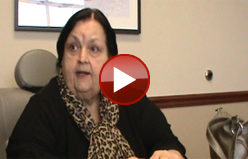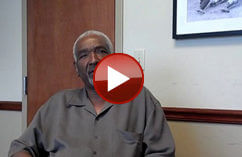Tennessee Recognizes World Elder Abuse Awareness Day
June 15 was World Elder Abuse Awareness Day, a date that has been recognized by the state of Tennessee since 2015. Designated by the United Nations General Assembly in one of its resolutions, it is intended as a day during which people throughout the world stand up in support of senior citizens by speaking out against the mistreatment they often face as they age. Elder abuse is an issue that affects individuals and their families everywhere, and it may well affect someone you love someday. The sooner we as a society stand together to stop it, the sooner each member of our aging population can live in peace and dignity.
In Tennessee, for the past two years on World Elder Abuse Awareness Day, the Department of Human Services (DHS) has been asking citizens to step up their personal efforts to stop elder abuse by paying closer attention to situations in which it may be happening and by reporting any suspected abuse. In 2014, over 9,600 reports of abuse were investigated by the DHS’s Adult Protective Services Program, so there is clearly a need to watch out for older adults and make sure they’re being well treated, whether they’re living with family, in assisted living, or in a nursing home. Everyone who has an older family member who may be in a vulnerable situation should know some basic signs of abuse, including the following:
- Bruises or injuries that are frequent or without a reasonable explanation
- Unusual or sudden weight loss
- Unsafe living conditions
- Sudden, dramatic changes of mood
Although these are not the only indicators of abuse, they are a starting point if you’re checking up on elderly family members, neighbors, or friends. It’s important that we all do our best to protect the elderly from mistreatment because elder abuse is a tragic problem that requires a societal effort to solve.














